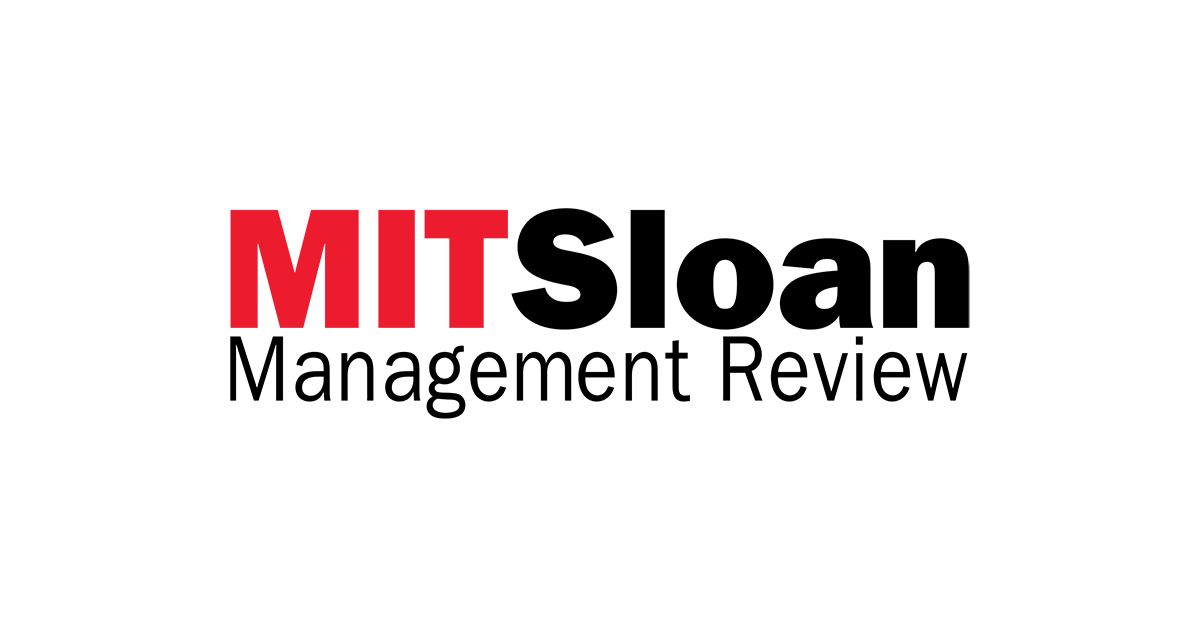The Potency of Shortcuts in Decision-Making
Read time: 1.5 min
Big Idea
CEOs can make better decisions by relying on heuristics rather than conducting comprehensive data analyses.
Top Thoughts
According to Wikipedia, heuristics are simple strategies that humans use to quickly form judgments, make decisions, and find solutions.
Heuristics work best in dynamic environments, filled with conflicting or irrelevant information, or when gathering large amounts of information is impractical.
Using heuristics can accelerate the decision-making process, especially when speed is a competitive advantage, like for new product development and international expansion. They also support decision-making for hiring, resource allocation, and product development.
Design heuristics to focus on performance-related criteria to avoid social biases or unfair discrimination.
Heuristics can help balance operational efficiency and the flexibility needed to innovate.
Heuristics should not remain static but be made transparent, tested, developed, and refined over time. Sharing the reasoning behind a heuristic can help team members understand and apply it effectively.
Quick Quotes
"Research finds that heuristics work best under three conditions: when the decision environment is noisy, when decision-makers face a highly dynamic environment, and when obtaining large amounts of information is difficult."
"CEOs who use more heuristics in making decisions can accelerate the speed of new product development in their organizations and achieve greater overall business performance."
"Heuristics enable a narrower focus for new product development and a higher likelihood of generating more innovative ideas."
"The simple rule 'target customers who have bought from us in the past six months' can predict future purchasing behavior more accurately than complex models trained on large amounts of older data.”
Actionable Advice
Create tailored heuristics - Over time, adapt and refine heuristics openly based on organizational requirements, contexts and experiences for greater effectiveness. Regularly review and update them to ensure relevance and efficiency.
Balance heuristics and analyses - Differentiate when to use heuristics and when to use comprehensive data-driven methods based on the stability of the environment and the availability of objective, quality information.
Incorporate organizational culture - Share heuristics within the organization and explain the rationale behind them to ensure that team members understand, remember, and apply them correctly.
Source(s)
Kruse, S., Bendig, D., & Brettel, M. (2023, Sep 6). The Potency of Shortcuts in Decision-Making. [Web article]. MIT Sloan School of Management. (Link)





